New Nightmare (1994)
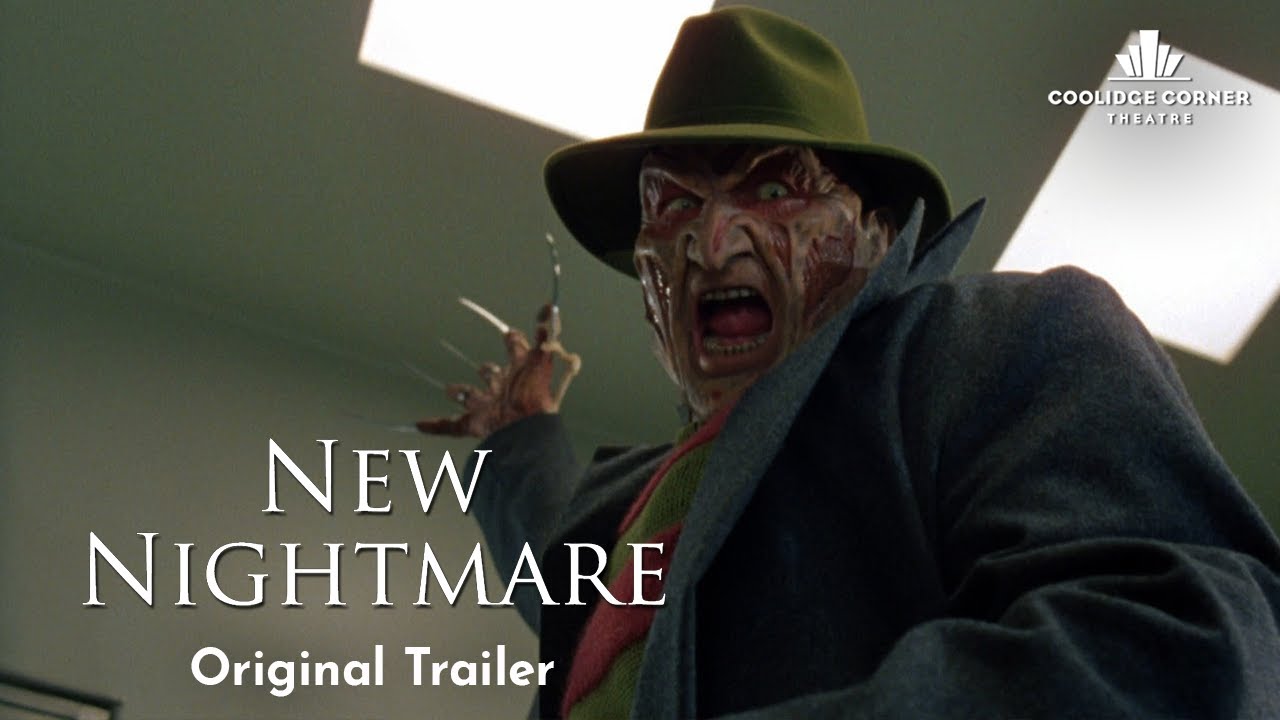
New Nightmare (1994), directed by Wes Craven, is a bold and innovative entry in the Nightmare on Elm Street franchise. It breaks away from the traditional slasher formula to explore a self-referential, meta-horror narrative, making it a precursor to Craven’s later work on Scream. Both a tribute to the original series and a reinvention of its core concept, New Nightmare blurs the line between fiction and reality, delivering a chilling and cerebral experience.
The film follows Heather Langenkamp, the actress who played Nancy Thompson in the original A Nightmare on Elm Street, as she faces a surreal and terrifying ordeal. Heather, playing a fictionalized version of herself, begins to experience strange and disturbing events in her real life, including vivid nightmares and unsettling encounters. These events coincide with her involvement in a potential new Nightmare movie, directed by Wes Craven himself, who also appears as a heightened version of himself.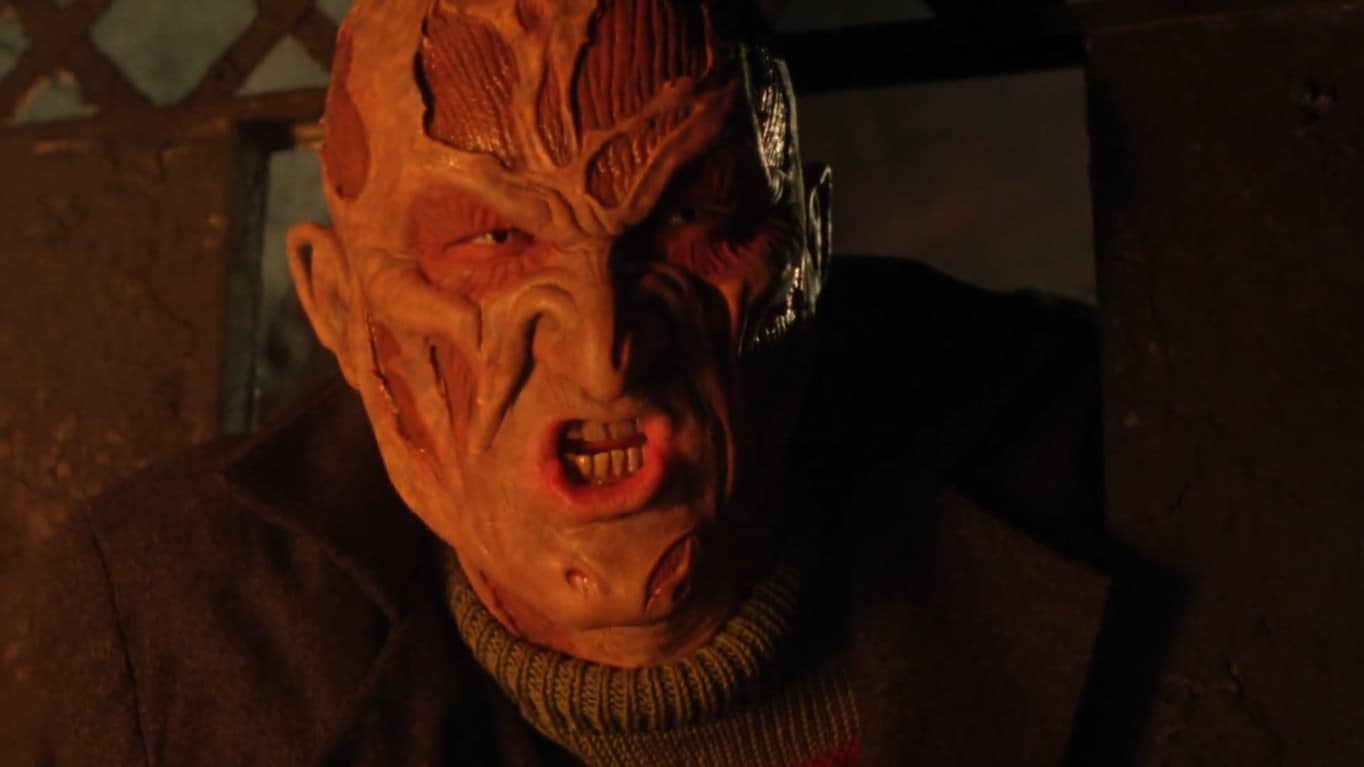
As Heather’s son Dylan (Miko Hughes) starts exhibiting disturbing behavior and her nightmares intensify, she discovers that Freddy Krueger (Robert Englund) is no longer confined to the realm of fiction. Instead, he has taken on the role of an ancient, malevolent entity, using the character of Freddy as a form to break into the real world. Heather must confront Freddy one final time, stepping back into the role of Nancy to save her son and stop the entity from fully manifesting.
Wes Craven uses New Nightmare to reflect on the nature of storytelling, the impact of horror on its audience, and the enduring cultural power of Freddy Krueger. The film’s meta-narrative examines the relationship between creators, their creations, and the audience, offering a fresh perspective on the horror genre. Freddy is reinvented as a darker, more sinister figure, shedding much of the campy humor that had characterized his later appearances in the franchise.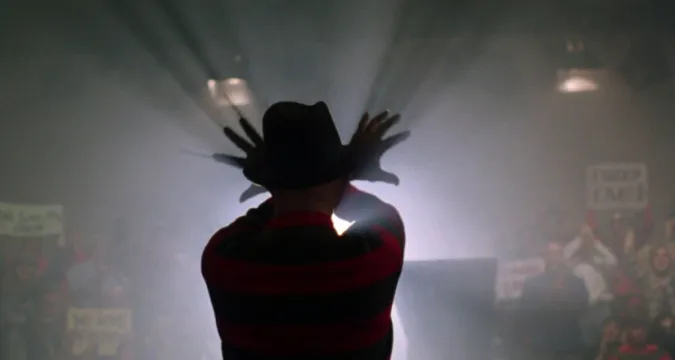
Heather Langenkamp delivers a standout performance, portraying a version of herself grappling with fear, grief, and the blurred boundaries between her identity and that of Nancy Thompson. Miko Hughes gives a haunting portrayal as Dylan, whose descent into Freddy’s influence heightens the film’s emotional stakes. Robert Englund, both as himself and Freddy, showcases the duality of his iconic character, bringing a new level of menace to the role.
The visual effects and production design emphasize the surreal and nightmarish tone, with Freddy’s updated design—complete with a more demonic appearance—reflecting his newfound status as a primal force of evil. The dream sequences are haunting and inventive, blurring the line between Heather’s reality and Freddy’s domain.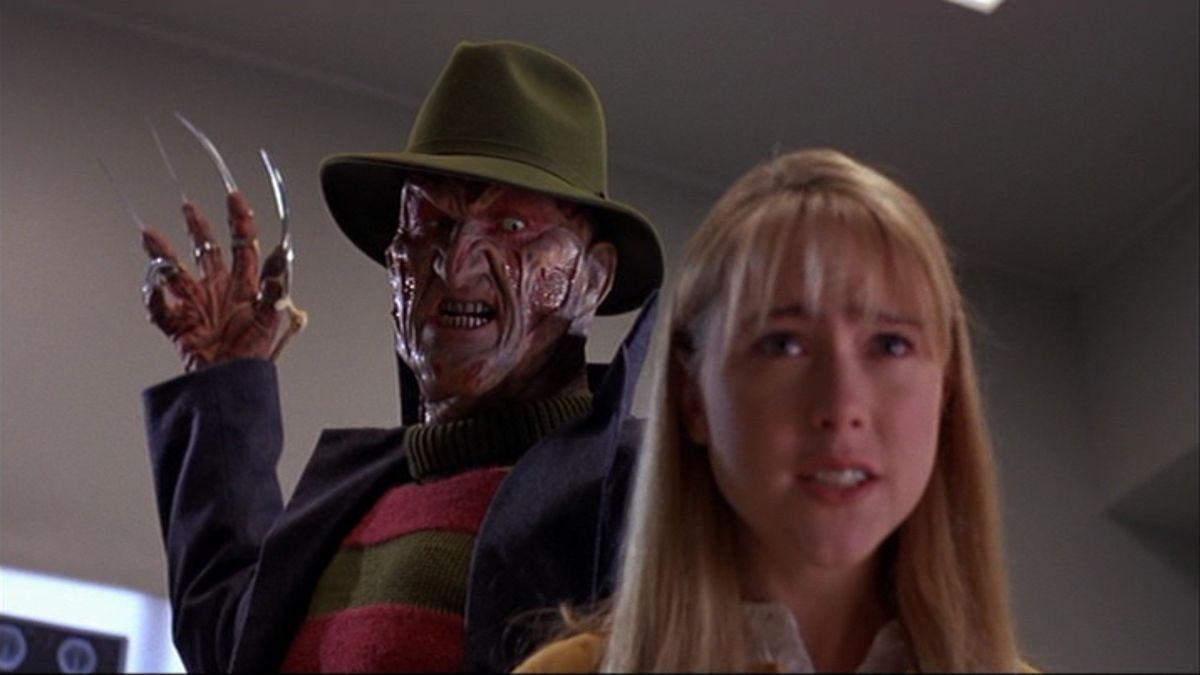
The film’s score, composed by J. Peter Robinson, blends eerie melodies with suspenseful themes, enhancing the tension and unsettling atmosphere. The use of familiar motifs from the original Nightmare series ties the film to its roots while establishing a more somber and foreboding tone.
New Nightmare stands out as a thoughtful and introspective horror film that deconstructs its own legacy while delivering effective scares. Its meta approach was ahead of its time, influencing the direction of horror cinema in the years that followed. By reimagining Freddy Krueger as a darker and more symbolic antagonist, Wes Craven reinvigorated the franchise while honoring the original’s themes of fear and resilience.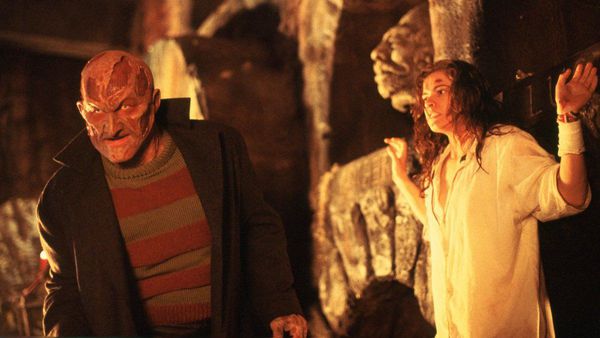
Though it initially received mixed reactions from fans expecting a more traditional Nightmare film, New Nightmare has since gained recognition as a groundbreaking entry in the genre. It remains a testament to Craven’s ability to push boundaries and reinvent horror, making it a must-watch for fans of the franchise and anyone seeking a unique and cerebral take on the slasher genre.











